LED screens are capable of displaying high-resolution content with vivid colors and high contrast ratios, making them ideal for applications where visual impact is important. Compared to other display technologies, LED screens also have a lower risk of pixelation, ensuring that content remains clear and crisp even at close viewing distances.
Additionally, LED screens can be manufactured in a range of sizes and form factors, making them a versatile option for a variety of spaces and environments. As an LED manufacturer with 8 years of experience, we can manufacture LED displays in various sizes and shapes according to customers’ needs.
There are many types of LED displays, among which high-definition LED screens are becoming increasingly popular in various applications, ranging from digital signage and advertising displays to concerts and live events, sports arenas, and more. The main benefits of high-definition LED screens include improved image quality, flexibility, and decreased pixelation.
- How High-definition LED Screens Work
- Factors to Consider When Choosing a High-definition LED Screen
- Applications of High-definition LED Screens
- Trends and Developments in High-definition LED Screens
How High-definition LED Screens Work
High-definition LED screens work by using arrays of light-emitting diodes (LEDs) to create an image. Each LED is a small semiconductor that emits light when an electric current is applied to it. By using a large number of these LEDs, the screen can produce bright and vivid images.
The LED screen’s quality is determined by the pixel pitch, which is the distance between the centers of each LED. A smaller pixel pitch means that the LEDs are closer together, resulting in a higher resolution and sharper image.
To create a full-color image, LED screens use three primary colors: red, green, and blue. These colors are combined in different intensities to create a wide range of hues and shades. LED screens can reproduce colors accurately, making them ideal for applications such as advertising, digital signage, and outdoor displays.
LED vs OLED vs LCD
Compared to other display technologies, such as LCD and OLED, LED screens offer several advantages. LED screens have a higher contrast ratio, which means they can produce deeper blacks and brighter whites. They also have a longer lifespan than LCD and OLED screens, making them more durable and cost-effective in the long run.
Additionally, LED screens can be customized to fit different shapes and sizes, making them ideal for applications such as large-scale displays and curved screens. However, they do require more power than LCD and OLED screens, which can make them less energy-efficient.
LCD screens use a backlight to illuminate the screen, while individual liquid crystal cells control the amount of light that passes through each pixel. LCD screens are less expensive than LED screens but have lower contrast ratios and limited viewing angles.
OLED screens use organic compounds to emit light when an electric current is applied, creating a self-illuminating display. OLED screens offer deeper blacks and higher contrast ratios than LED and LCD screens but are more expensive and have a shorter lifespan.
In summary, high-definition LED screens use arrays of light-emitting diodes to create bright and vivid images. They offer several advantages over other display technologies, including a high contrast ratio, color accuracy, and customization options. However, they require more power than other screens and may not be as energy-efficient.
Factors to Consider When Choosing a High-definition LED Screen
When choosing a high-definition LED screen, there are several factors to consider. Below are some of the key factors to consider:
Resolution: The resolution of an LED screen refers to the number of pixels on the screen. The higher the resolution, the sharper and more detailed the image will be. For example, a 1080p screen has a resolution of 1920 x 1080 pixels, while a 4K screen has a resolution of 3840 x 2160 pixels.
Pixel pitch: Pixel pitch refers to the distance between each LED on the screen. A smaller pixel pitch means that the LEDs are closer together, resulting in a higher resolution and a sharper image. However, a smaller pixel pitch also means that the screen will be more expensive.
Brightness: Brightness is measured in nits and refers to how bright the screen can get. A brighter screen is better for outdoor use or in brightly lit environments.
Contrast ratio: Contrast ratio refers to the difference between the brightest and darkest areas of the screen. A higher contrast ratio means that the screen can produce deeper blacks and brighter whites, resulting in a more vivid and lifelike image.
Viewing angle: The viewing angle refers to how far off-center you can view the screen and still see a clear image. A larger viewing angle means that more people can view the screen from different angles without losing image quality.
Size and form factor: The size and form factor of the screen will depend on the application. For example, a large outdoor display will require a different size and form factor than a small indoor screen.
Cost: LED screens can be expensive, so it’s important to consider the cost when choosing a screen. A higher resolution or smaller pixel pitch will generally result in a higher cost.
Lifespan: LED screens can have a long lifespan, but it’s important to consider the lifespan when choosing a screen. A longer lifespan will result in lower maintenance costs over time.
Overall, the factors to consider when choosing a high-definition LED screen will depend on the application. A large outdoor display will require a different set of factors than a small indoor screen. It’s important to consider each factor carefully and find the right balance to meet your specific needs.
Applications of High-definition LED Screens
High-definition LED screens are widely used in a variety of applications due to their versatility, brightness, and high image quality. Below are some examples of how high-definition LED screens have been used in various applications:
Digital Signage: LED screens are commonly used for digital signage in retail stores, airports, shopping centers, and other public spaces. These screens can display dynamic content, such as advertisements, news, weather updates, and wayfinding information. For example, a shopping mall may use a large LED screen to display promotions and directions to different stores.
Advertising Displays: LED screens are widely used for advertising displays in outdoor and indoor locations. These screens are bright and eye-catching, making them ideal for catching the attention of passersby. For example, a large LED screen may be used in Times Square to display ads for various products and services.
Concerts and Live Events: LED screens are commonly used in concerts and live events to display video content, such as live feeds of the performers or pre-recorded content. These screens can be used to create a more immersive experience for the audience. For example, LED screens were used extensively during the 2012 London Olympics to display live feeds of events to spectators.
Sports Arenas: LED screens are commonly used in sports arenas to display scoreboards, replays, and other game-related information. These screens can also display advertisements and promotions during breaks in the game. For example, LED screens are used in NFL stadiums to display replays and other game-related information.
Education and Corporate Settings: LED screens are commonly used in education and corporate settings for presentations and meetings. These screens can display video content and presentations, making them an ideal tool for communication and collaboration. For example, LED screens may be used in a corporate boardroom to display presentations during meetings.
Public Events and Festivals: LED screens are commonly used in public events and festivals to display information and video content. For example, a large LED screen may be used at a music festival to display live feeds of performers and other festival-related content.
Overall, high-definition LED screens are used in a variety of applications due to their versatility, brightness, and high image quality. These screens can be used for both indoor and outdoor applications and can be customized to fit various shapes and sizes.
Trends and Developments in High-definition LED Screens
The high-definition LED screen industry is constantly evolving, with new trends and developments emerging regularly. Below are some of the latest trends and developments in high-definition LED screens:
Curved and flexible screens: Curved and flexible LED screens are becoming increasingly popular due to their ability to create immersive and unique displays. Curved screens offer a wider viewing angle, while flexible screens can be shaped to fit various environments and spaces.
8K resolution: 8K resolution is the latest high-definition resolution, offering four times the number of pixels as 4K screens. These screens provide an incredibly detailed and lifelike image, making them ideal for high-end applications such as broadcasting, medical imaging, and scientific research.
Mini-LED technology: Mini-LED technology is an advancement in LED manufacturing, allowing for smaller and more precise LED chips to be used in screens. This technology provides higher brightness, contrast, and color accuracy than traditional LED screens, making them ideal for high-end applications such as cinema displays.
Narrow Pixel Pitch (NPP) displays: NPP displays are becoming more popular due to their ability to provide a high-resolution image in a smaller space. These displays use small LED chips and advanced manufacturing techniques to create a high-density pixel pitch, resulting in a high-resolution image in a smaller screen size.
Improved power efficiency: LED screens are becoming more power-efficient due to advancements in manufacturing technology and the use of advanced power-saving features. This improves their overall energy efficiency and makes them more environmentally friendly.
Advanced color reproduction: High-definition LED screens are improving their color reproduction capabilities, providing more accurate and vivid colors. This is achieved through the use of advanced color processing technologies and higher-quality LED chips.
Overall, the latest trends and developments in high-definition LED screens focus on improving their image quality, versatility, and energy efficiency. The emergence of curved and flexible screens, 8K resolution, mini-LED technology, narrow pixel pitch displays, improved power efficiency, and advanced color reproduction are just some of the many advancements in this industry. These developments are enabling LED screens to be used in more applications and provide a more immersive and high-quality viewing experience.
In summary, high-definition LED screens offer a range of benefits, including high image quality, brightness, and versatility, making them suitable for various applications such as digital signage, advertising, concerts, sports arenas, education, and more. When choosing a high-definition LED screen, it is important to consider factors such as resolution, pixel pitch, brightness, contrast ratio, viewing angle, size and form factor, cost, and lifespan.
The latest trends in high-definition LED screens include the increasing popularity of curved and flexible screens, the emergence of 8K resolution, advancements in manufacturing technology, and improved power efficiency and color reproduction. It is important to choose the right high-definition LED screen for your needs to ensure that your content has the maximum visual impact.
Overall, high-definition LED screens offer a range of benefits and are becoming increasingly popular due to their image quality and versatility. As technology continues to evolve, high-definition LED screens are likely to become even more advanced and suitable for a wider range of applications. Therefore, it is crucial to choose the right high-definition LED screen to maximize the potential of your visual content.
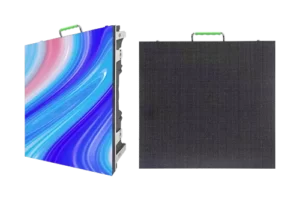


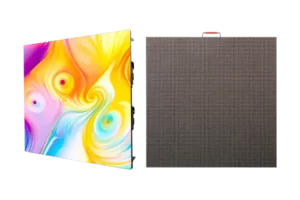
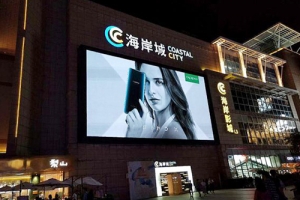


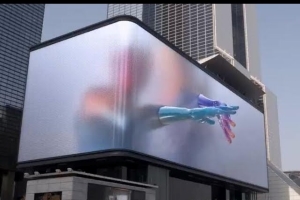
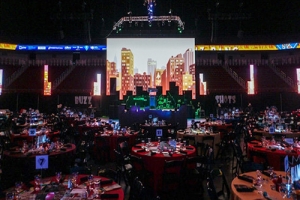

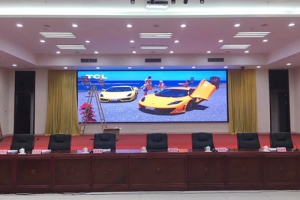
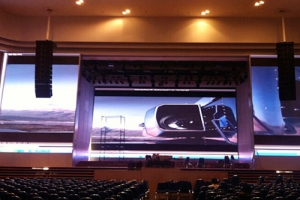
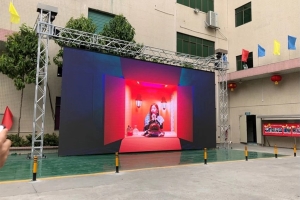
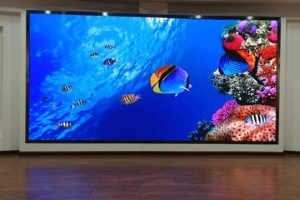
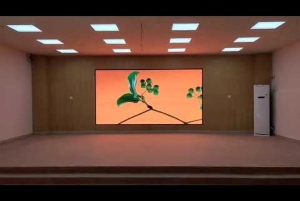
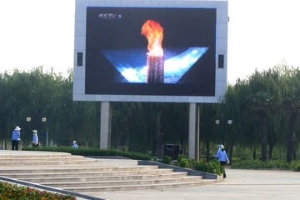


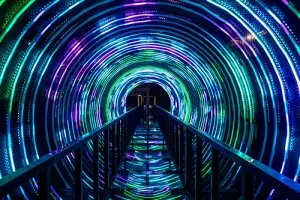


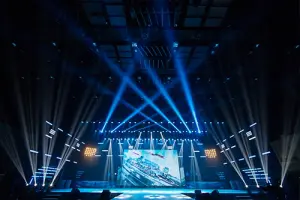
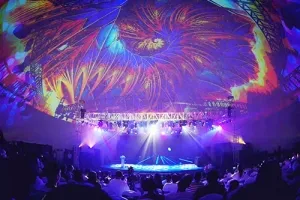
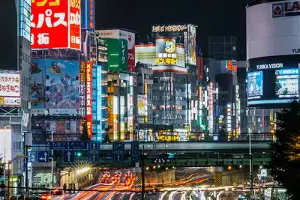
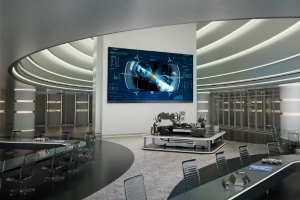



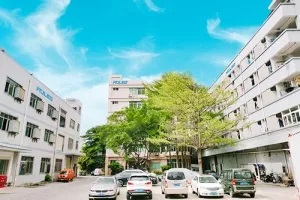


 Language
Language 




